No Data Found
Calophyllum inophyllum
Penaga Laut, Alexandrian Laurel
![]() Low Sensitivity
Low Sensitivity
| Species Name | Calophyllum inophyllum |
|---|---|
| Common Name | Penaga Laut, Alexandrian Laurel |
| Family | Calophyllaceae |
| Genus | Calophyllum |
| Taxonomic Synonyms/Past Names | |
| Taxonomic Notes |
Agree with the details?
Login to Vote Now
Species Information
- Large tree growing up to 20 m tall with a spreading crown. Leaves 8-18 cm long, broadly elliptic-oblong, opposite. Flowers 2-2.5 cm long, white, in loose racemes. Fruits c. 3 cm across, smooth, globose to ovoid, dull green to brownish when ripe.
- A widespread species from East Africa, Madagascar, Indian Ocean islands, Sri Lanka, India, Southeast Asia, Taiwan, southern China (Hainan) to Northern Australia, New Caledonia and the Pacific Islands. Native from East Africa to Australia.
- Common along beaches and rocky coasts
- Tree grows at altitudes from 0-200 m
No Data Found
No Data Found
No Data Found
No Data Found
No Data Found
No Data Found
No Data Found
No Data Found
No Data Found
No Data Found
No Data Found
No Data Found
No Data Found
- It has yellow latex. The resin can be used to treat wounds and insect bites. [1]
No Data Found
No Data Found
No Data Found
No Data Found
- Globular fruits are 2.5-3 cm long and smooth [1]
No Data Found
- The fruits are poisonous, the seed oil has rubefacient and irritant properties, the wood can cause dermatitis, and the sap is a skin and eye irritant. [1]
No Data Found
No Data Found
- The fruits are poisonous, the seed oil has rubefacient and irritant properties, the wood can cause dermatitis, and the sap is a skin and eye irritant. [2]
No Data Found
No Data Found
No Data Found
No Data Found
No Data Found
No Data Found
No Data Found
No Data Found
No Data Found
No Data Found
No Data Found
No Data Found
- In a study assessing the growth of ten tree species on a barren tin mine in Bangka Island, Calophyllum inophyllum had one of the highest individual survival and cover rates 12 months after planting, at 99.3% and 0.13 m2, respectively. [1]
No Data Found
No Data Found
No Data Found
No Data Found
No Data Found
No Data Found
- Tolerates a pH range of 5.0-8.0 [1]
No Data Found
No Data Found
No Data Found
No Data Found
No Data Found
No Data Found
- Occurs in coastal areas. [1]
No Data Found
No Data Found
No Data Found
No Data Found
- Tolerates temperatures as high as 42 ºC. [1]
No Data Found
No Data Found
No Data Found
No Data Found
No Data Found
No Data Found
No Data Found
- Does well despite the periodic inundation common to coastal areas. Specimens in a seasonally water-logged area in Wonogiri Regency, Indonesia grew well and started to flower and bear fruit in the third year. [1] [2]
No Data Found
No Data Found
No Data Found
No Data Found
- Tolerates drought lasting four to five months [1] [2]
No Data Found
- It can be planted as a coastal shelterbelt and windbreak due to its ability to withstand wind and even cyclones. Specimens were planted in Ketawang, Indonesia, to shield crops from harsh maritime conditions. [1]
No Data Found
No Data Found
- It can be planted as a coastal shelterbelt and windbreak due to its ability to withstand wind and even cyclones. Specimens were planted in Ketawang, Indonesia, to shield crops from harsh maritime conditions. [2] [3]
No Data Found
No Data Found
No Data Found
No Data Found
No Data Found
No Data Found
No Data Found
No Data Found
No Data Found
- No pests and diseases of major concern. [1]
-
Insufficient Data
No Data Found
No Data Found
No Data Found
No Data Found
No Data Found
No Data Found
- It is planted along roads, in domestic gardens and as a windbreak. It is in cultivation and has been introduced to several tropical countries for cultivation in near-coastal localities. The nut oil and other parts of the plant are used in traditional medicine but have also undergone pharmaceutical trials, which show extracts have the potential to treat cancer, HIV and intercellular parasites. Its timber is valuable and traditionally used to make canoes, flooring and the carpentry of small items. [1]
No Data Found
No Data Found
No Data Found
Contributors: anonymous
Last Updated: 2023-03-15
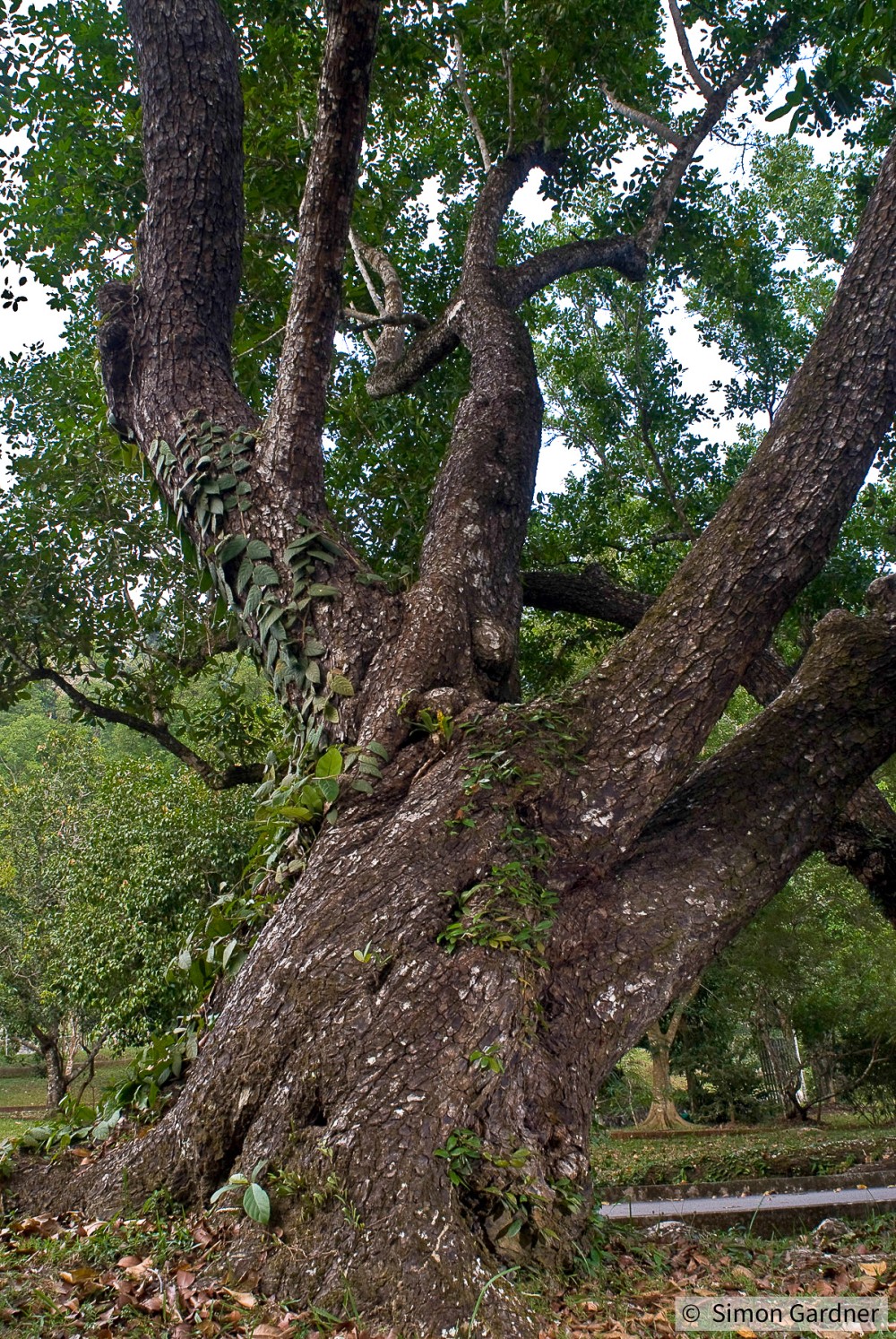
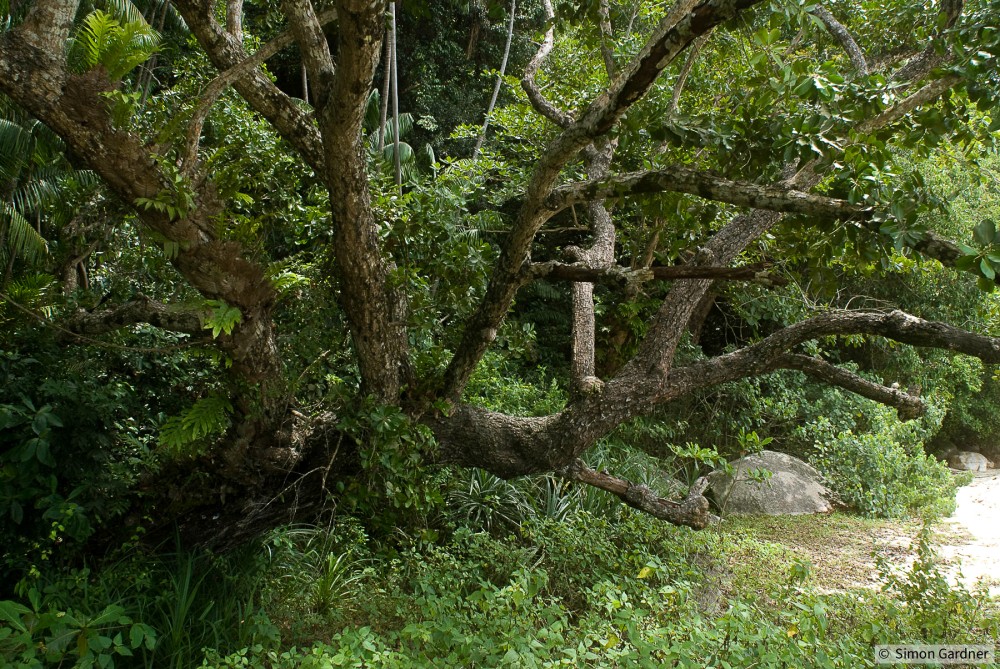

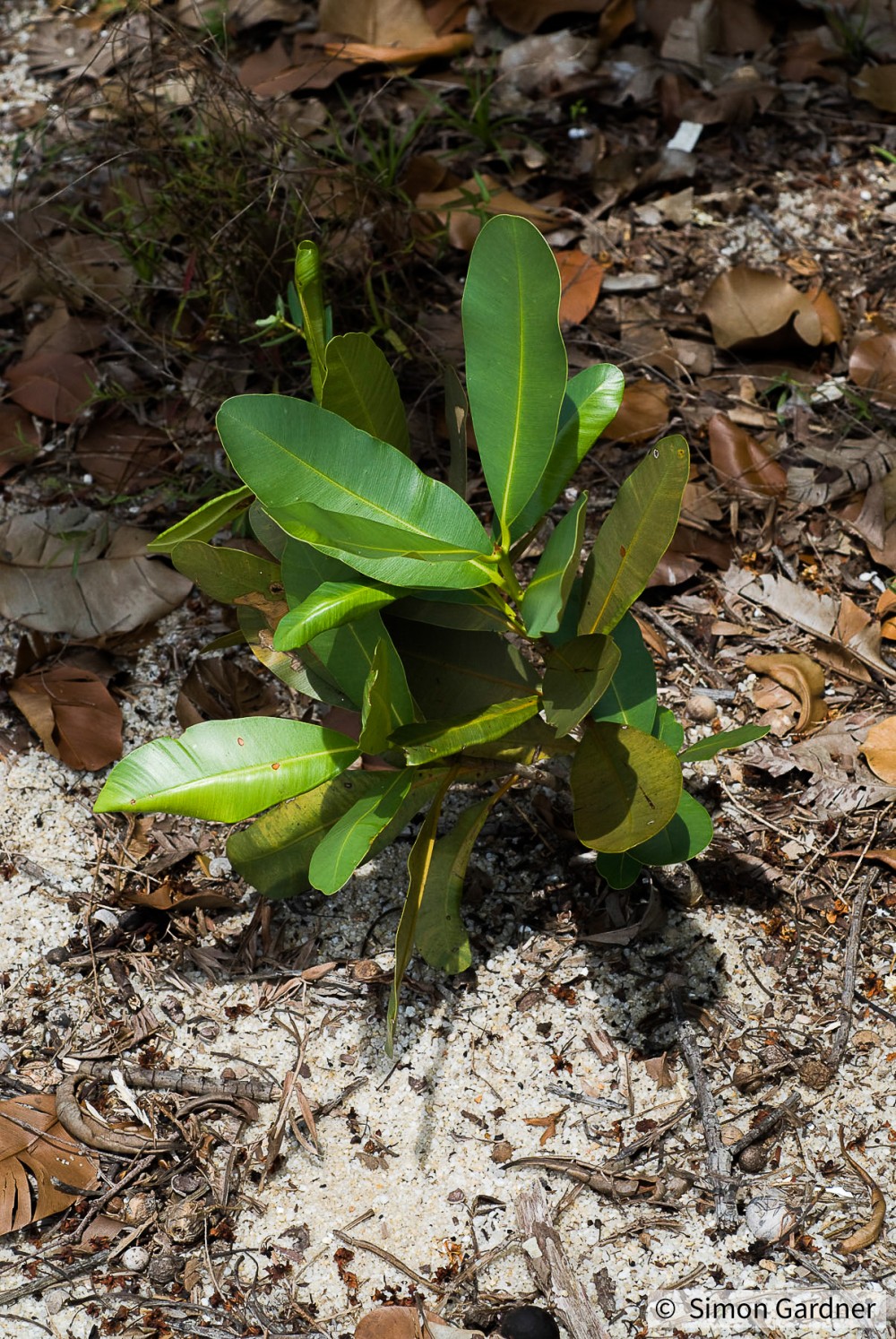
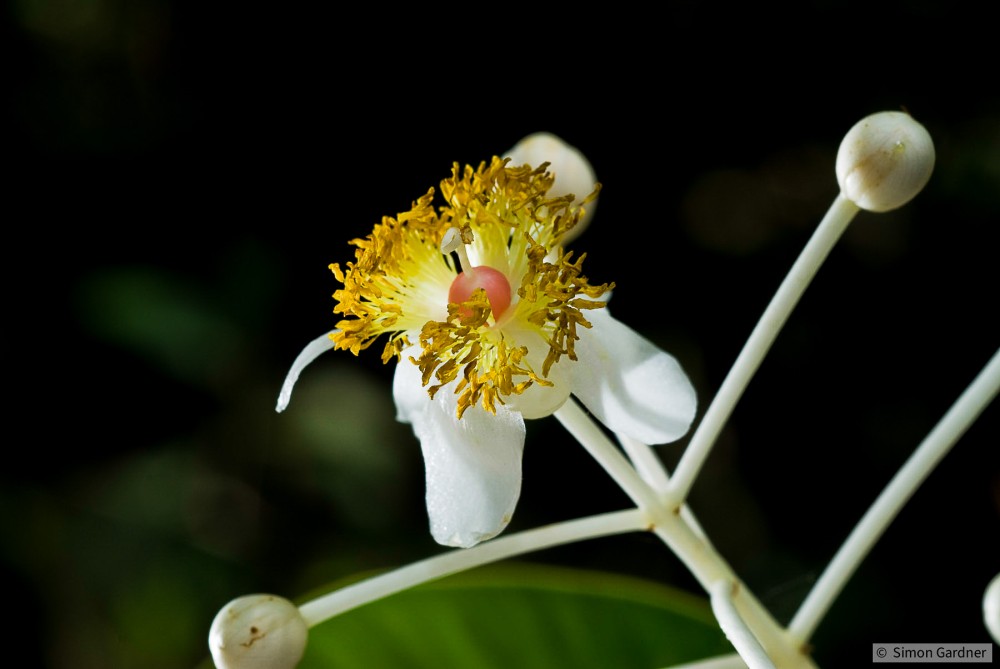
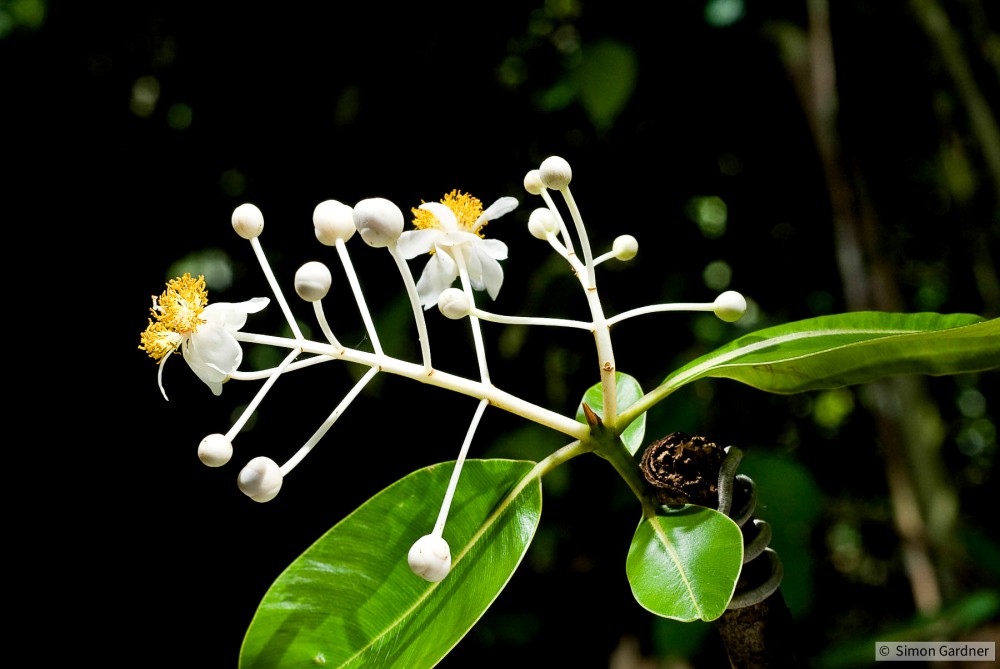
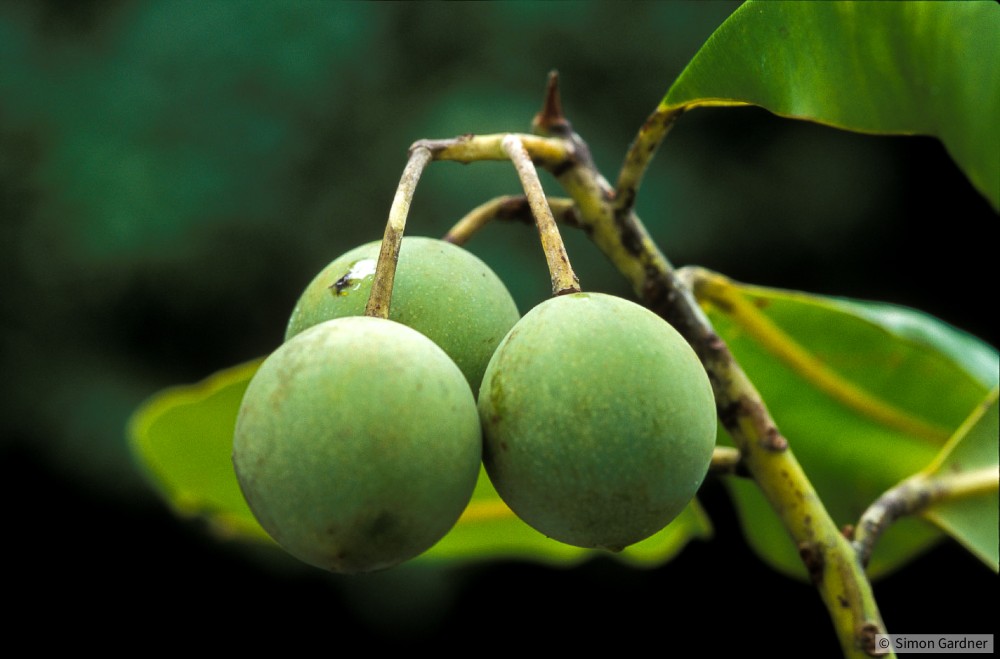
Q9. Yes available in Malaysian Market
Q29 . Calophyllum inophyllum oil (CIO) is rich in antioxidants and contains UV-absorption properties that can be used within the dermatology field.